 Photos: Toni Hafkenscheid, Nick Iwanyshyn, Henry Chan
Photos: Toni Hafkenscheid, Nick Iwanyshyn, Henry Chan
The Art Gallery Problem
January 8 – March 5, 2025, Blackwood Gallery, University of Toronto MississaugaArtists: Nikita Gale, Maïder Fortuné & Annie MacDonell, Matt Nish-Lapidus, Karthik Pandian, Paolo Patelli & Giuditta Vendrame, Jeremy Toussaint-Baptiste
Curator: Fraser McCallum
︎link
The “art gallery problem” is a well-known math problem with a simple premise: what is the minimum number of guards or surveillance cameras necessary to observe an entire gallery? Across different layouts and floorplans, the art gallery problem challenges math students to achieve full surveillance of a space using the minimum labour or technology. The problem is not put to use by major museums and galleries, despite replicating their standard practices for monitoring facilities. Even so, it remains a dominant understanding of art’s presentation.
This exhibition appropriates the art gallery problem as a framework to consider how objects and bodies are put to work in galleries and museums. The “problem” is in fact not singular: there is far more to the presentation of art than the securitization of objects; there are problems of narrative, representation, hegemony, and access to knowledge.
The art gallery problem highlights a set of underlying assumptions that animate museums and galleries, including surveillance, labour, visuality, law, and ownership. As significant human labour and technologies are mobilized for the preservation and display of objects, it bears asking: Do norms of exhibition and display serve audiences and galleries alike? What are the alternatives to reification, permanence, ownership, and surveillance? What are other ways for living with objects?

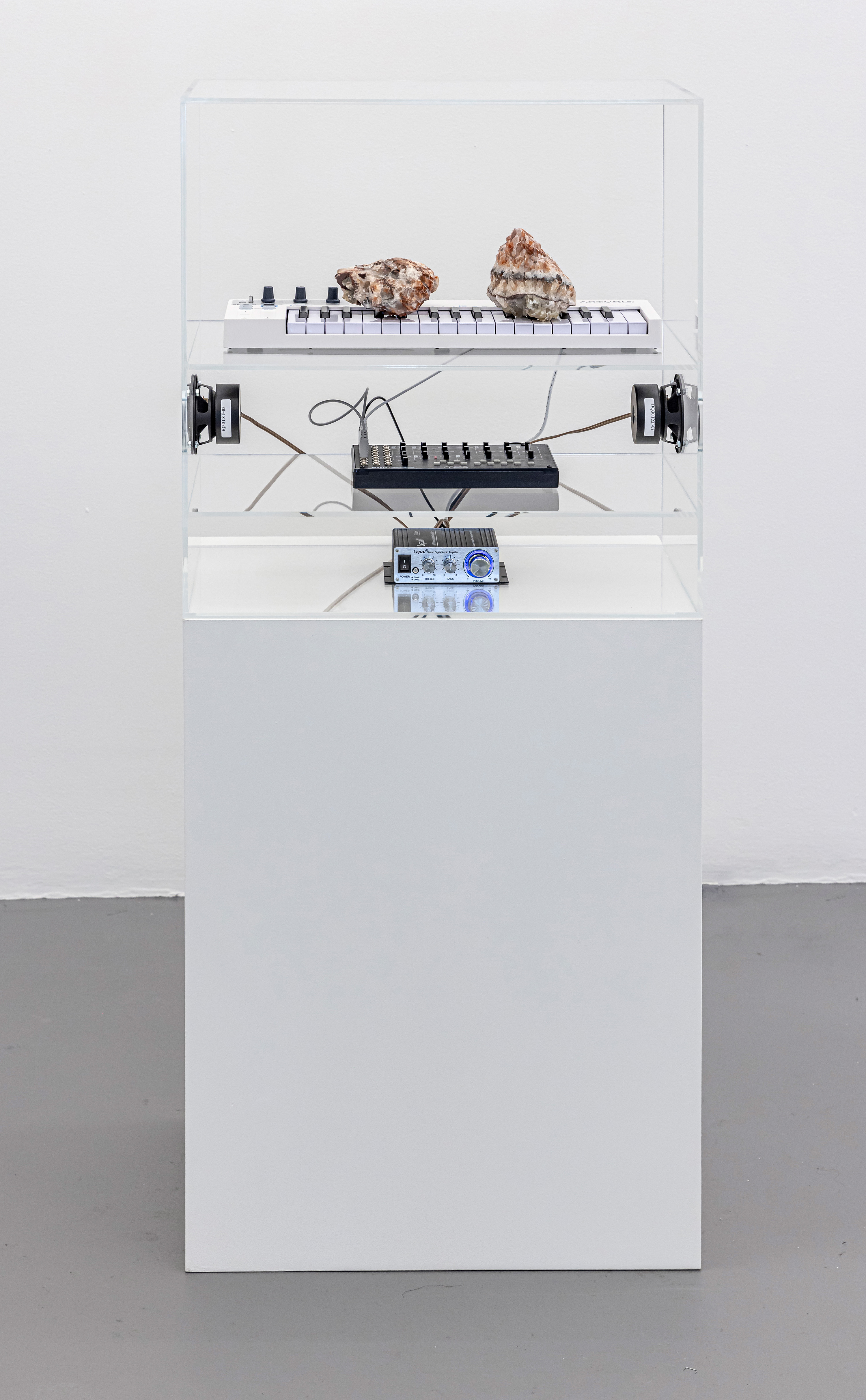
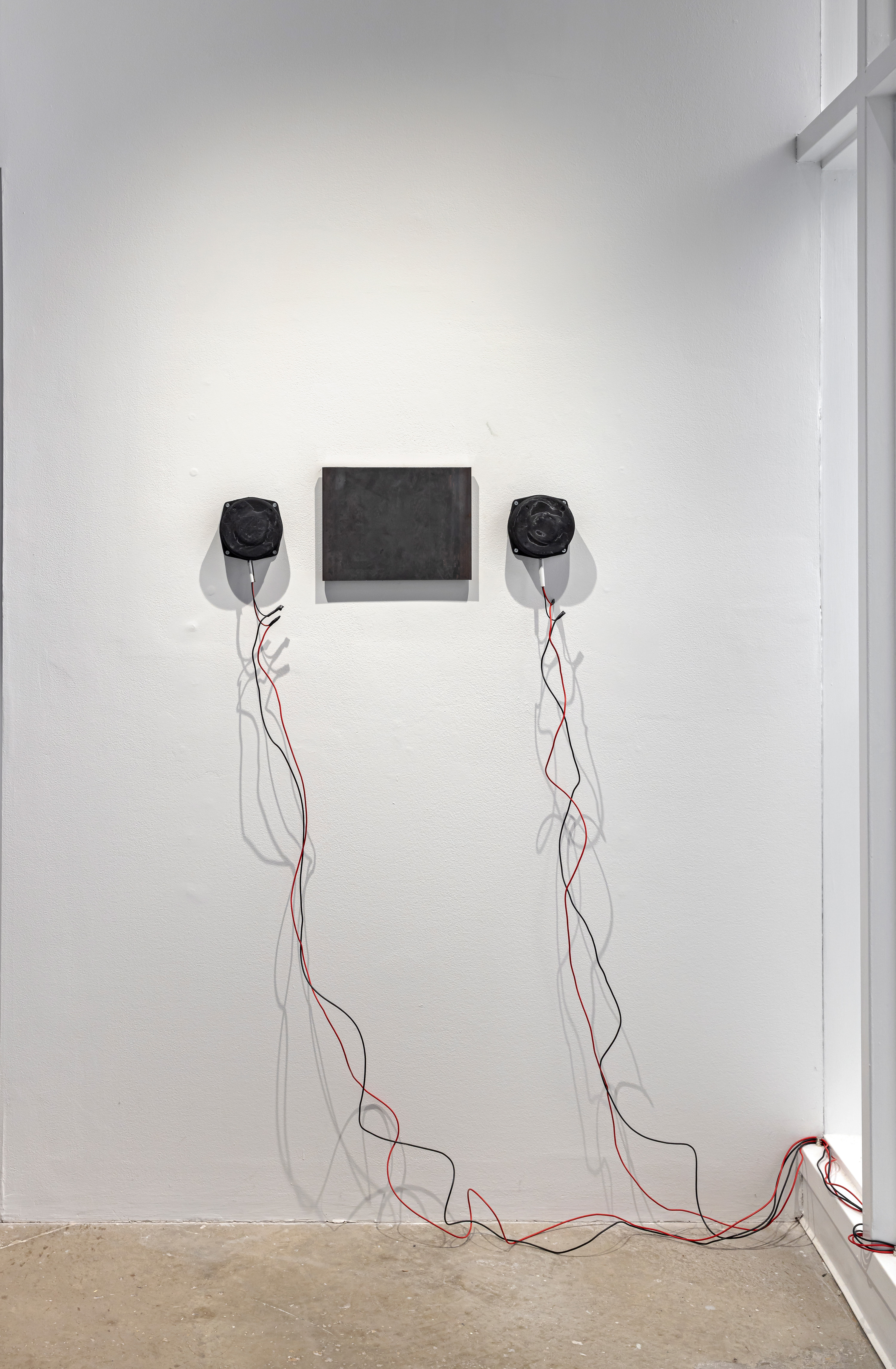
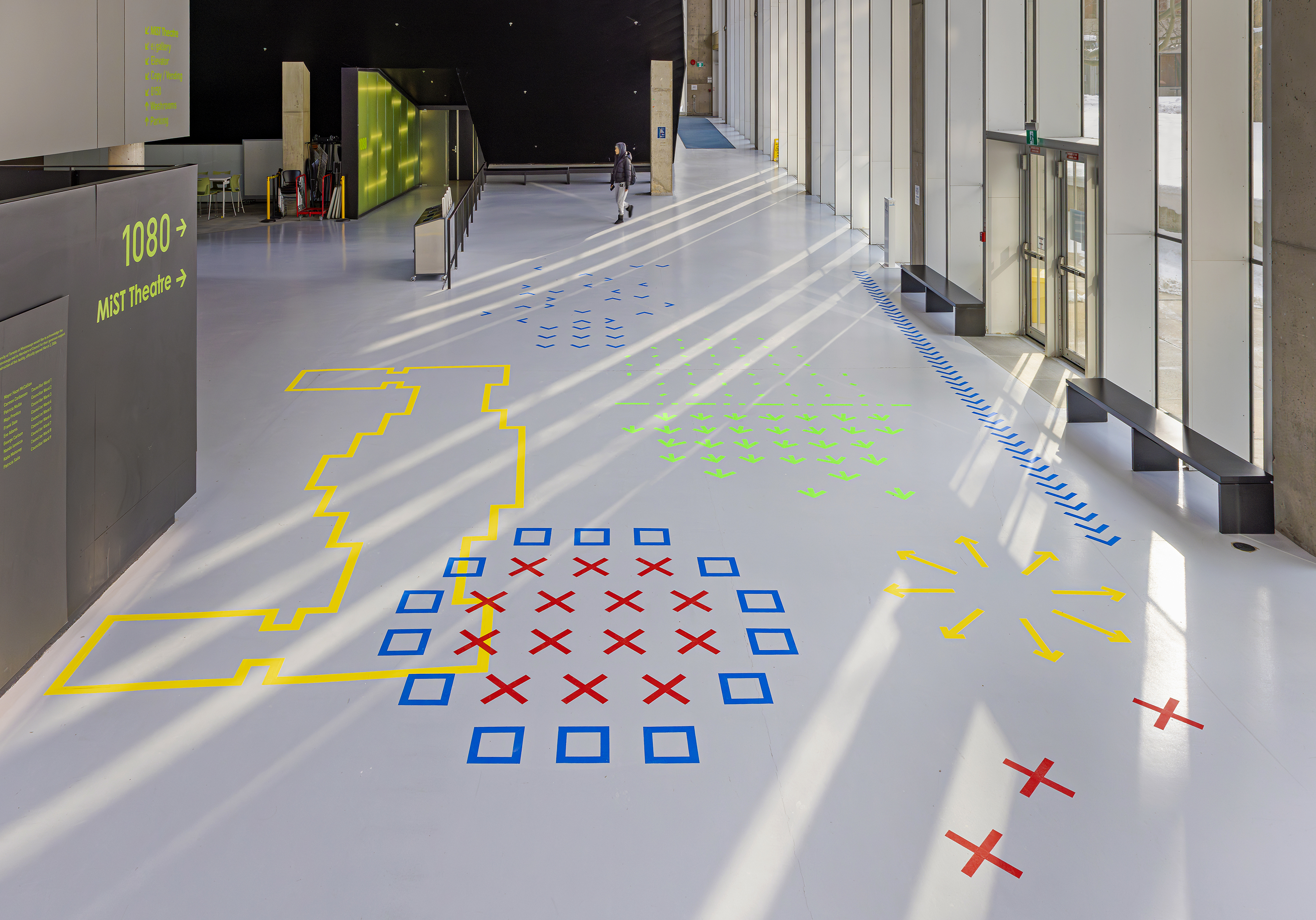


Public Programs
Contributors: Naisargi N. Davé, Mike Forcia, Sneha Mandhan, Robyn Maynard, Karthik Pandian, Paolo Patelli, Brendan Philip, Scott Sorli, Jeremy Toussaint-Baptiste
The Art Gallery Problem is accompanied by performances, screenings, and discussions that extend and elaborate works in the exhibition, and expand and complicate the curatorial premise.
Public programs engage with institutional spaces adjacent to galleries—atriums, “crush” spaces, theatres, lecture halls—which are designed for similar ends of observation and optimization. With these programs, additional facets of the “problem” come into view—including its sociopolitical implications beyond the arts alone.
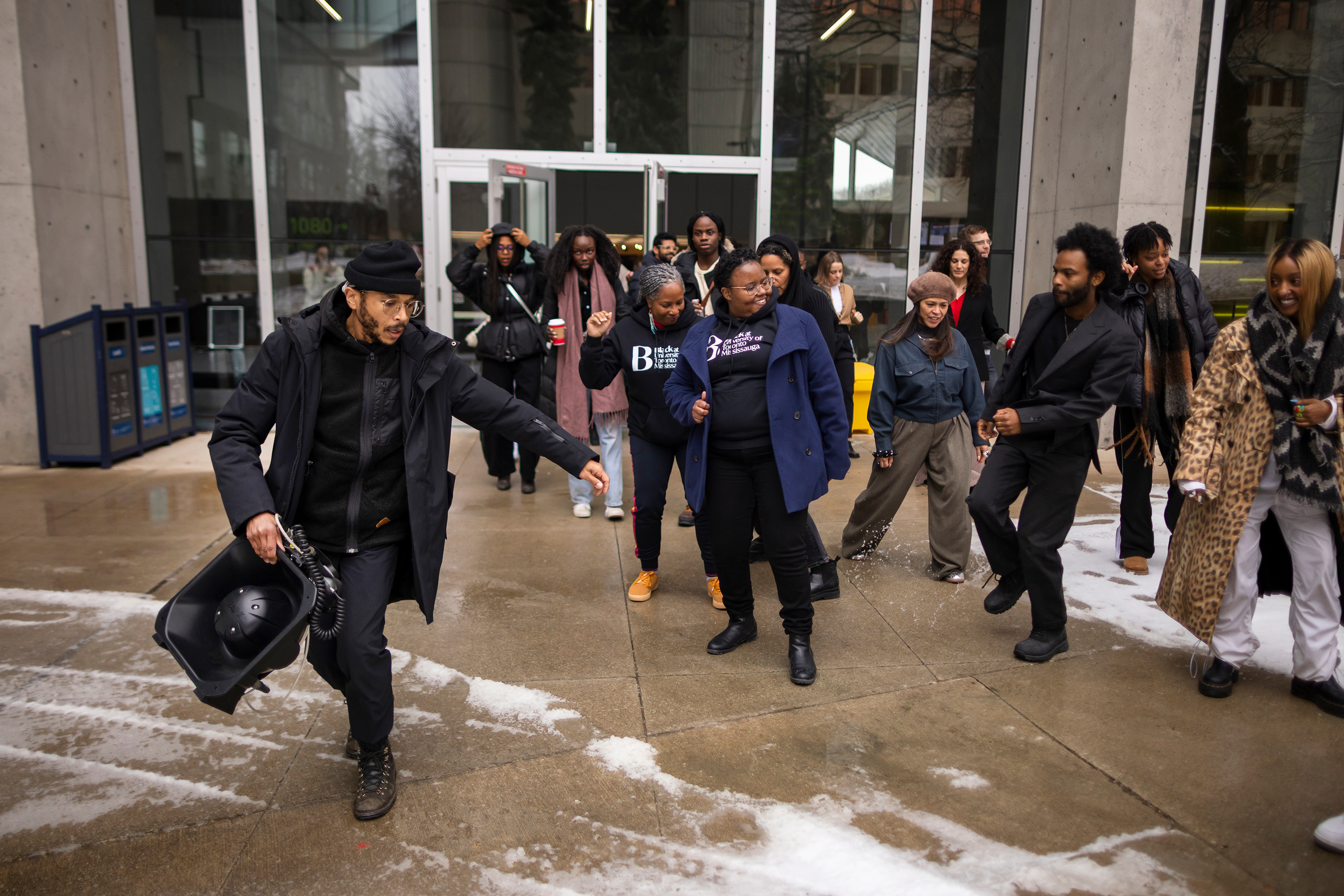
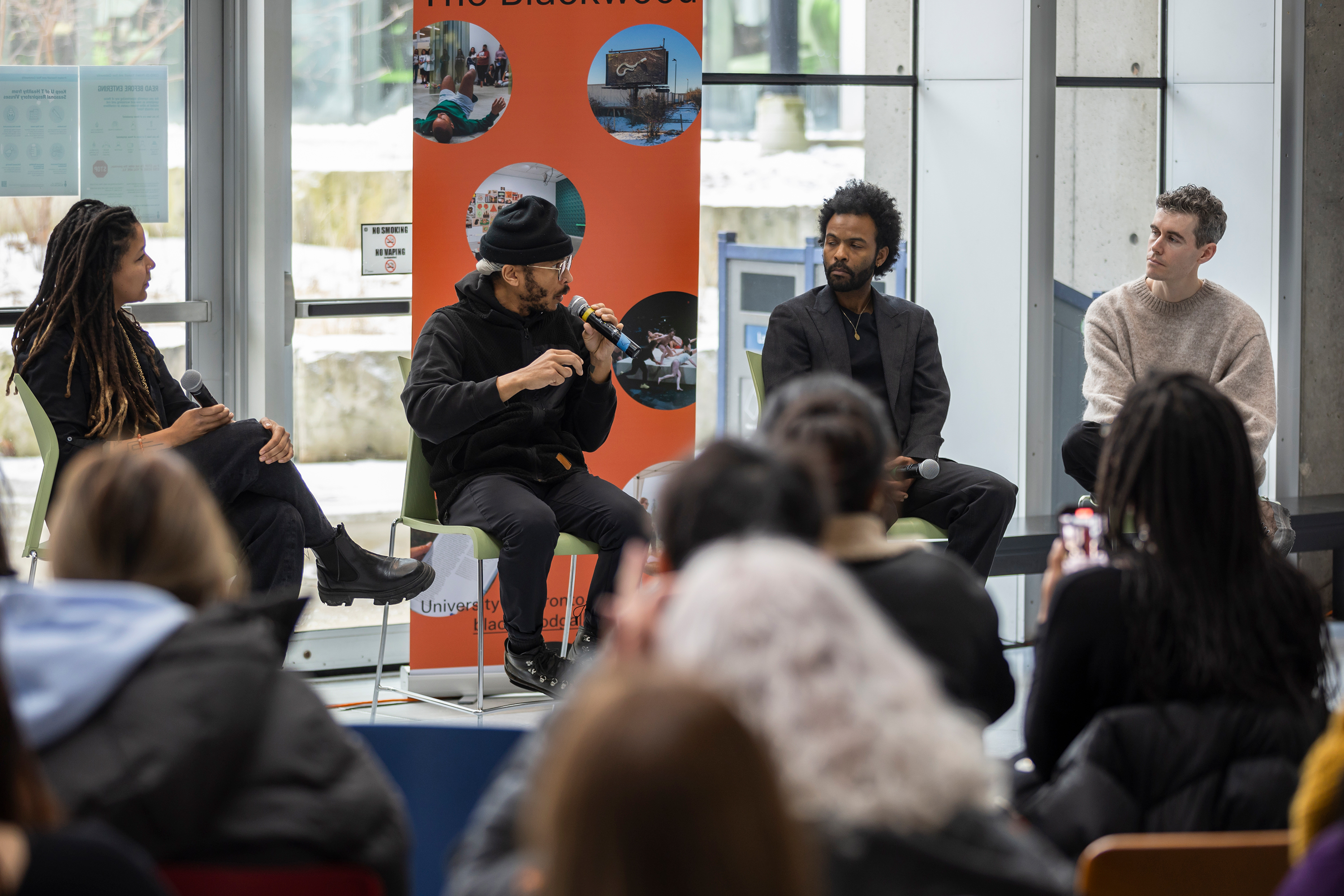
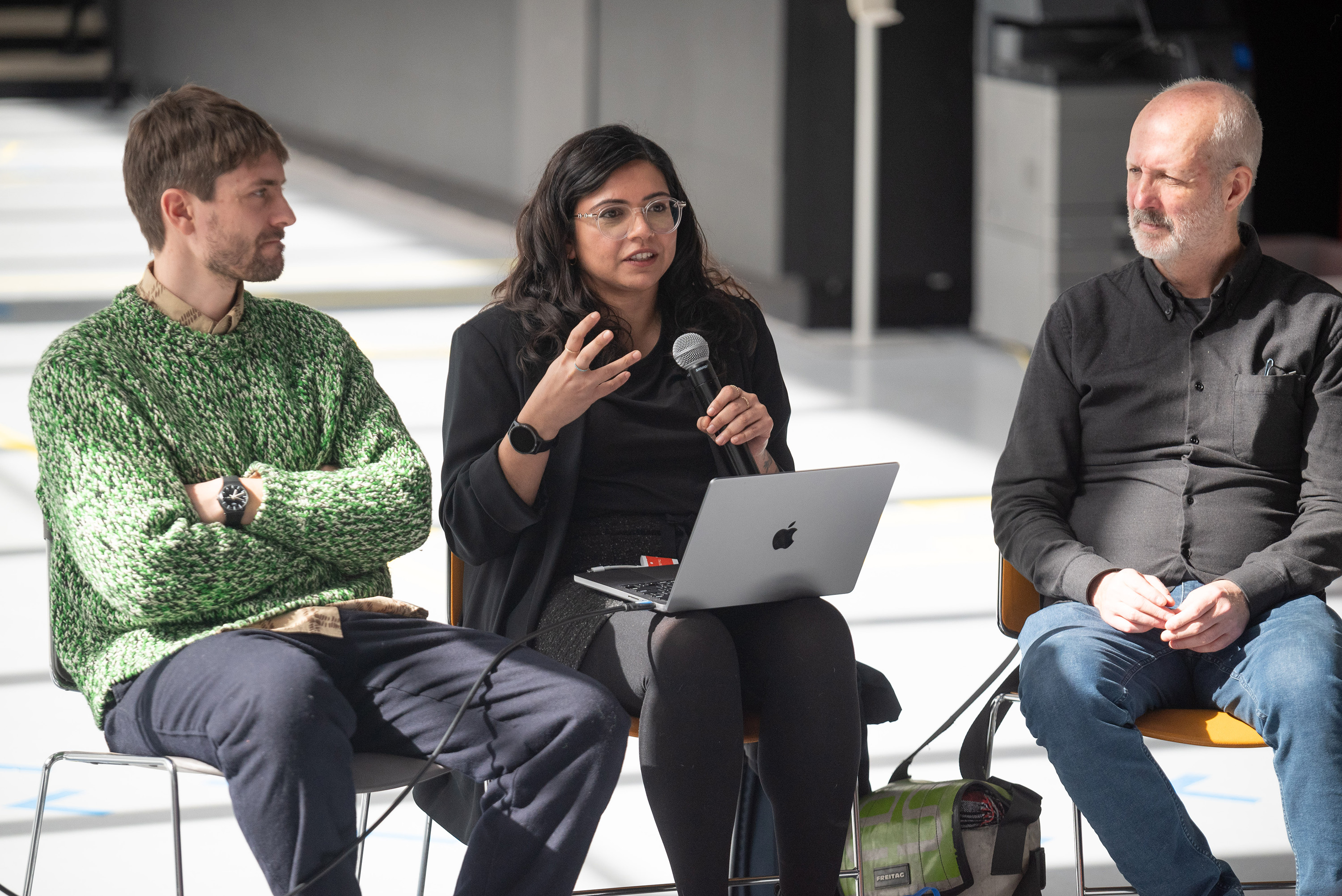
Hollow
Bones: Screening and Conversation
January 23, 2025
Innis Town Hall Cinema, Toronto
Screening of works by Karthik Pandian and a discussion with Karthik Pandian and Mike Forcia
January 23, 2025
Innis Town Hall Cinema, Toronto
Screening of works by Karthik Pandian and a discussion with Karthik Pandian and Mike Forcia
On
Both Sides of the River
January 24, 2025
Collaborative Digital Research Space, University of Toronto Mississauga
Discussion with Karthik Pandian and Naisargi N. Davé.
January 24, 2025
Collaborative Digital Research Space, University of Toronto Mississauga
Discussion with Karthik Pandian and Naisargi N. Davé.
Y’All Don’t Wanna Hear Me (You
Just Wanna Dance)
February 6, 2025
CCT Atrium, University of Toronto Mississauga
Performance by Jeremy Toussaint-Baptiste followed by a discussion with Robyn Maynard. With additional music by Brendan Philip.
February 6, 2025
CCT Atrium, University of Toronto Mississauga
Performance by Jeremy Toussaint-Baptiste followed by a discussion with Robyn Maynard. With additional music by Brendan Philip.
Friction Atlas: Discussion
March 1, 2025
CCT Atrium, University of Toronto Mississauga
Discussion with Sneha Mandhan, Paolo Patelli, and Scott Sorli
March 1, 2025
CCT Atrium, University of Toronto Mississauga
Discussion with Sneha Mandhan, Paolo Patelli, and Scott Sorli